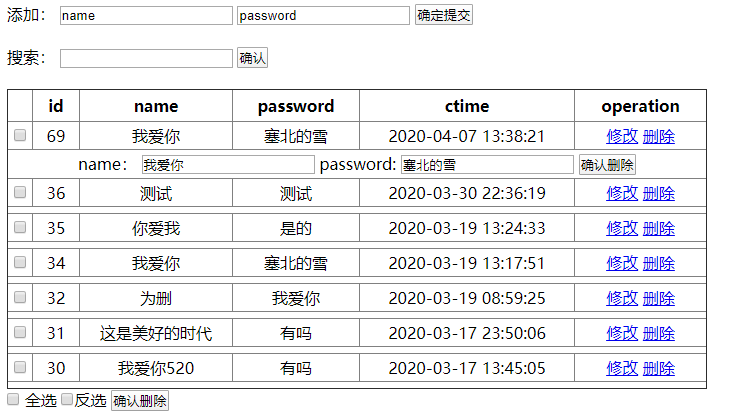Asteroids!
You’re in space.
You want to get home.
There are asteroids.
You don’t want to hit them.
Input
Input to this problem will consist of a (non-empty) series of up to 100 data sets. Each data set will be formatted according to the following description, and there will be no blank lines separating data sets.
A single data set has 5 components:
Start line - A single line, “START N”, where 1 <= N <= 10.
Slice list - A series of N slices. Each slice is an N x N matrix representing a horizontal slice through the asteroid field. Each position in the matrix will be one of two values:
‘O’ - (the letter “oh”) Empty space
‘X’ - (upper-case) Asteroid present
Starting Position - A single line, “A B C”, denoting the
Target Position - A single line, “D E F”, denoting the
End line - A single line, “END”
The origin of the coordinate system is <0,0,0>. Therefore, each component of each coordinate vector will be an integer between 0 and N-1, inclusive.
The first coordinate in a set indicates the column. Left column = 0.
The second coordinate in a set indicates the row. Top row = 0.
The third coordinate in a set indicates the slice. First slice = 0.
Both the Starting Position and the Target Position will be in empty space.
Output
For each data set, there will be exactly one output set, and there will be no blank lines separating output sets.
A single output set consists of a single line. If a route exists, the line will be in the format “X Y”, where X is the same as N from the corresponding input data set and Y is the least number of moves necessary to get your ship from the starting position to the target position. If there is no route from the starting position to the target position, the line will be “NO ROUTE” instead.
A move can only be in one of the six basic directions: up, down, left, right, forward, back. Phrased more precisely, a move will either increment or decrement a single component of your current position vector by 1.
Sample Input
START 1O0 0 00 0 0ENDSTART 3XXXXXXXXXOOOOOOOOOXXXXXXXXX0 0 12 2 1ENDSTART 5OOOOOOOOOOOOOOOOOOOOOOOOOOOOOOOOOOOOOOOOOOOOOOOOOOXXXXXXXXXXXXXXXXXXXXXXXXXOOOOOOOOOOOOOOOOOOOOOOOOOOOOOOOOOOOOOOOOOOOOOOOOOO0 0 04 4 4END
Sample Output
1 03 4NO ROUTE题意:一个三维空间地图,求起点到终点最少的步数#include<iostream>#include<cstdio>#include<cstring>#include<string>#include<queue>#include<algorithm>using namespace std;int n,sx,sy,sz,ex,ey,ez;char map1[11][11][11];int vis[11][11][11];int dx[]= {-1,0,1,0,0,0};int dy[]= {0,0,0,0,1,-1};int dz[]= {0,1,0,-1,0,0};struct A{int x,y,z,step;};int bfs(int x,int y,int z){queue<A> Q;A f,g;f.x=x;f.y=y;f.z=z;f.step=0;vis[x][y][z]=1;Q.push(f);while(!Q.empty()){f=Q.front();Q.pop();if(f.x==ex&&f.y==ey&&f.z==ez){return f.step;}for(int i=0; i< 6; i++){g.step=f.step;g.x=f.x+dx[i];g.y=f.y+dy[i];g.z=f.z+dz[i];if(g.x>=0&&g.y>=0&&g.z>=0&&g.x<n&&g.y<n&&g.z<n&&!vis[g.x][g.y][g.z]&map1[g.x][g.y][g.z]!='X'){vis[g.x][g.y][g.z]=1;g.step=f.step+1;Q.push(g);}}}return -1;}int main(){char str[10]; //int n;和全局变量冲突了while(~scanf("%s %d",str,&n)){memset(vis,0,sizeof(vis));for(int i=0; i<n; i++)for(int j=0; j<n; j++){getchar();for(int l=0; l<n; l++)scanf("%c",&map1[j][l][i]);}scanf("%d %d %d %d %d %d",&sx,&sy,&sz,&ex,&ey,&ez);scanf("%s",str);int ans=bfs(sx,sy,sz);if(ans>=0)printf("%d %d\n",n,ans);elseprintf("NO ROUTE\n");}return 0;}



































还没有评论,来说两句吧...